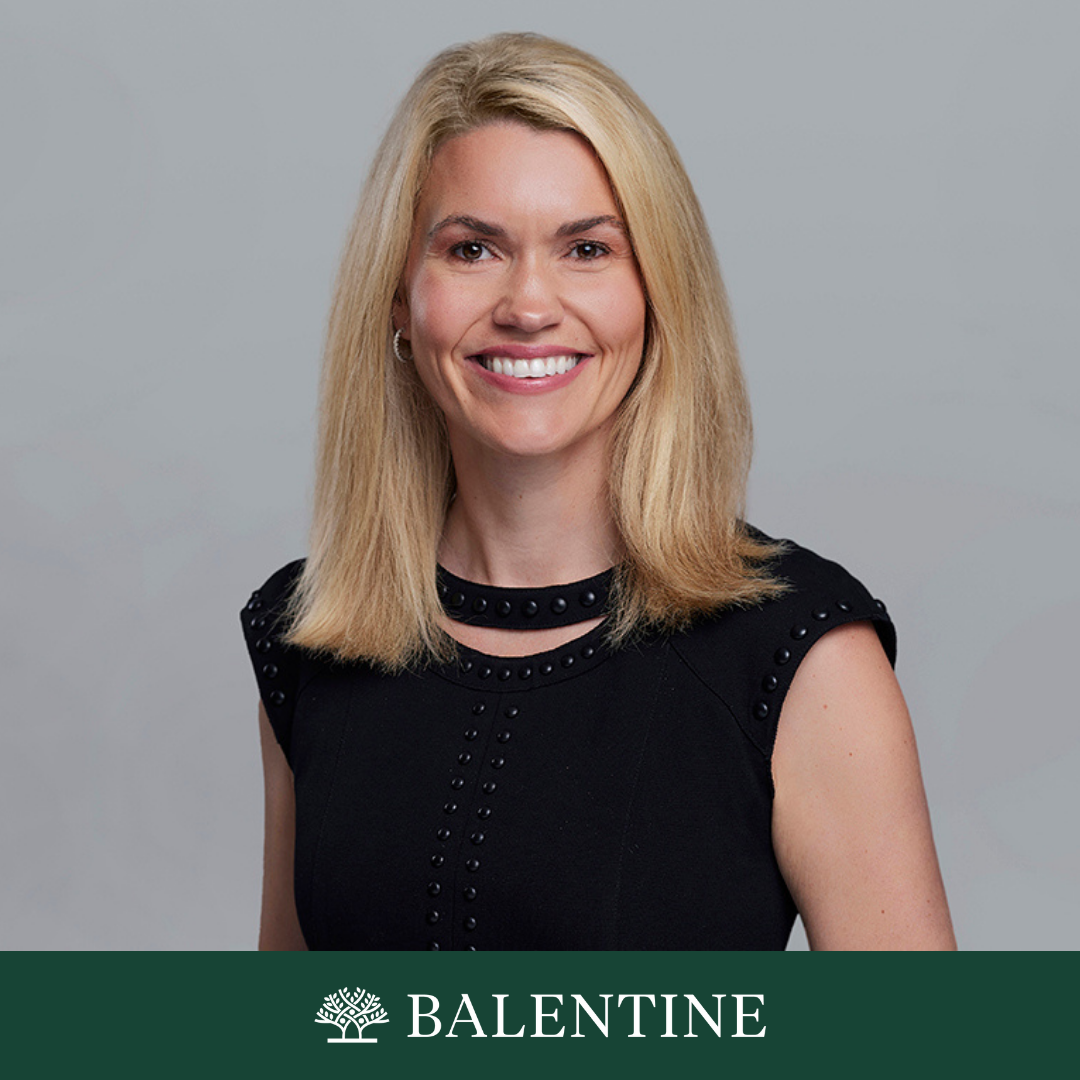Private Debt: Direct vs. Commercial Lending
Private debt is a popular term today in private capital investing, but what is it?
Private debt/credit is non-bank lending where the debt is not issued or traded on the public markets. Within the private debt universe, there are different strategies with varying risk/return profiles. Major types include: Asset Backed Lending, Senior Secured, Mezzanine Funds, Distressed Debt, and Special Situations—such as bridge loans.
A sample Middle Market Senior Lending fund will originate and make floating rate loans to companies based on their cash flow (rather than a traditional loan which will look at hard assets). The loan is secured by a senior-lien on the company’s assets and often a pledge of the company stock. The loan is often used for a recapitalization, acquisition, growth capital or other strategic need. While the terms of the loan will vary depending on the specifics of the company, the rates are often higher than the average borrowing rate from depository banks.
Why does private debt exist?
The private debt asset class grew dramatically following the regulatory tightening after the Great Financial Crisis. As regulators in the U.S. and E.U. made it more difficult for commercial banks to lend directly to middle market companies, private funds filled the capital void.
How are returns generated?
Direct lending returns are primarily generated through the floating interest rate charged on the loan (let’s say Libor + 700bps) and fees, but there can also be additional return provided through warrants or other equity linked structures that allow the lender to participate in the company’s stock.

Browse our collection of resources from trusted thought leaders.
Balentine experts offer their authentic take on the latest financial topics, including our exclusive market publications, news, community events, and more.
%20(1).png)
.png)
.png)
.png)


%20(1).png)